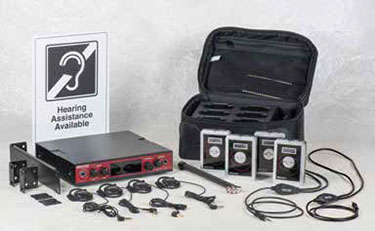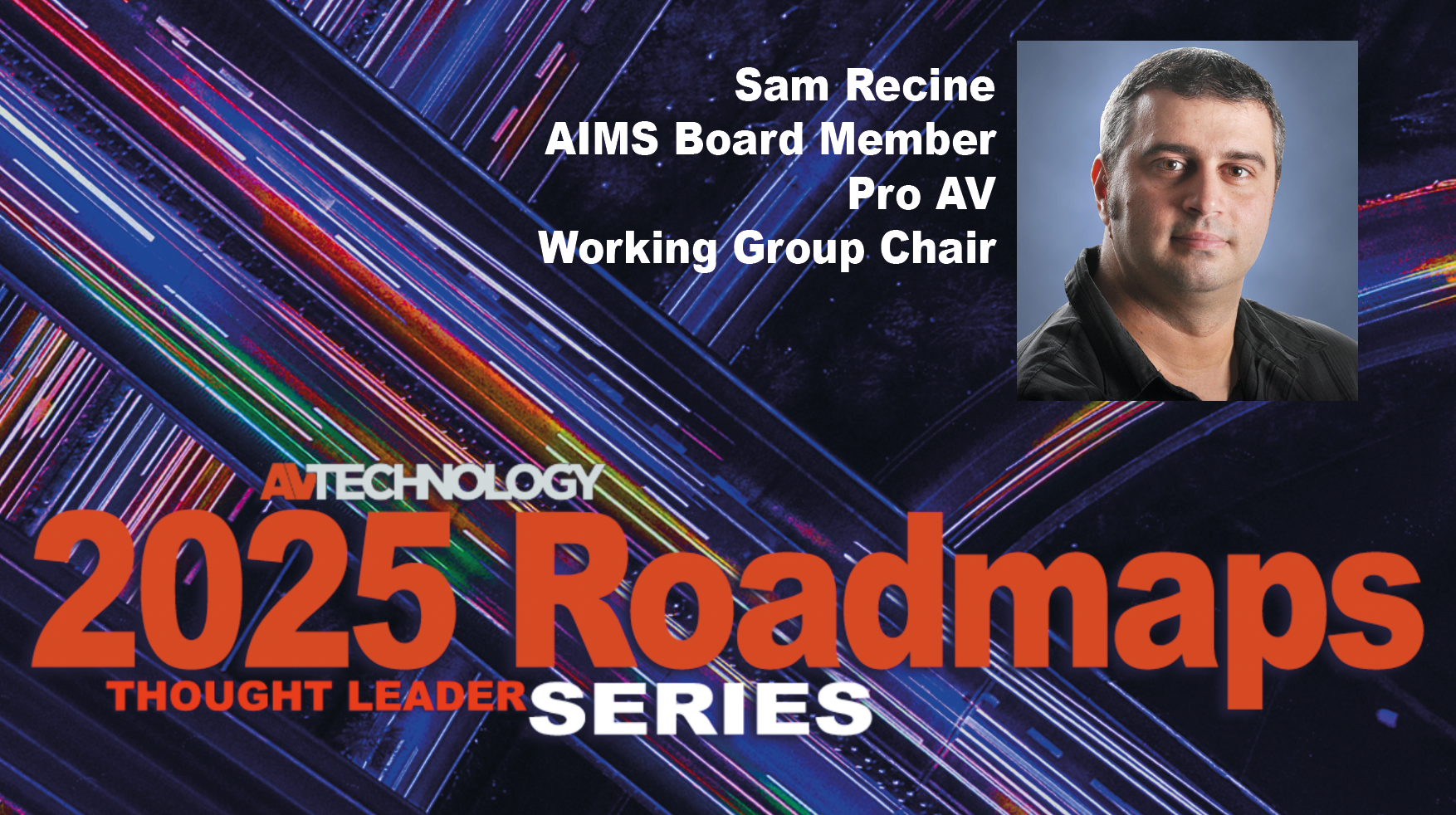New York City took a significant step forward in civic engagement in March when Mayor Bill de Blasio signed new legislation that requires hearing loop technology to be installed in public assembly areas constructed or renovated using city dollars—to the tune of at least $950,000. The law, said to affect close to 300 current projects, is believed to be the first enacted by a major municipality and is intended to ensure that that all public meetings be held in facilities equipped with assistive listening systems.

Listen Technologies and its partner Ampetronic have played a part in cementing hearing loop technology as a standard, advocating with others to bring about changes in the American National Standards Institute’s A117.1 standard, which is legally enforceable in most states.
“There’s more attention to hearing loss than ever before, because it is the numberone disability,” said Peter Papageorge, vice president of sales and marketing, Americas for Listen Technologies. Papageorge has seen a shift in discourse about hearing disabilities both among end users and AV contractors and designers over the past 18 to 24 months. Now, he said, the attitude is: “We need to do this, as opposed to, we have to do this.”
That change is due in no small part to the work of the Hearing Loss Association of America (HLAA), an advocate for induction loop technology. But New York’s new so-called Hearing Loops bill (officially named Int. 882-A) does not focus solely on loop technology. It also states that the mayor must post on his office’s website, beginning mid- 2018, “a list with the locations of facilities owned or operated by the city at which an assistive listening system such as an induction loop, infrared, FM, or other type of system, is permanently available or in the process of being installed.”
Listen Technologies and its partner Ampetronic have also played a part in cementing loop technology as a standard, advocating with others to bring about changes in the American National Standards Institute’s A117.1 standard, which is legally enforceable in most states. ANSI A117.1 codifies the IEC 60118-4 international performance standard and makes it illegal to install a sub-standard hearing loop. The standard states that ignorance of the law is no excuse for noncompliance, and those responsible may be subject to criminal or civil penalties.
Tony Strong, national sales manager for Williams Sound, also noted that it has become easier than ever to file a complaint about public facilities that do not comply with the 1990 Americans with Disabilities Act (ADA) regulations at ada. gov. “Everyone complains there is no ADA police. The Department of Justice is the ADA police, and there are ADA administration offices in major cities all over the country,” he said.
“If you are found to not be in compliance, they’ll write you a letter and you will have 30 or 60 days to remedy the situation. If not, then you face a fine,” said Strong. The 2010 revisions to the ADA, which went into effect in 2012, stipulate a civil penalty under title III of up to $75,000 for the first violation and up to $150,000 for any subsequent violation.
Yet, despite legislation and increased advocacy for those with some level of hearing disability (about 20 percent of the U.S. population, according to the HLAA), not everyone is aware of the regulations or the penalties. “Every [assistive listening system] manufacturer has a calculator on its website or its sales team has one” to calculate what equipment is legally required for how many hearing-impaired people at any applicable location according to the ADA, said Curtiss D. Singleton, vice president of sales, the Americas, at Media Vision. “But from my experience, many resellers have no idea that there are these ADA requirements. There are consultants that have no idea that these requirements stand, based around the 2012 update.”

Media Vision’s MV-ALS-SYS4 four-user assistive listening system for ADA compliance
Consequently, said Singleton, “Every project we quote to our resellers where ADA is required, we automatically quote it. It has nothing to do with trying to sell more ALS [assistive listening system] equipment—it’s a discussion topic. It’s up to the reseller to take that to their customer and let them know.”
According to Strong, awareness varies depending upon whether he is talking to an integrator’s engineers or its sales people. “The engineers know that it is required. But on the sales side, they’re still saying that people don’t use it or don’t ask for it—which is a cop-out. If you have something that you know is required by law and this is the customer that needs it—they have a public venue with a public assembly area and they use amplification—but you still don’t present it, you’re leaving money on the table. And you’re doing your client a disservice,” he said.
ALS equipment makers are beginning to add DECT wireless products operating in the unlicensed 1.9GHz band to more traditional loop, IR, FM, and WiFi systems. Each has its applications, but price is often the ultimate deciding factor, and that can be challenging for manufacturers when a customer is interested in merely meeting the law’s minimum requirements.
The ALS sector is evolving beyond hearing aids as users, especially younger ones, discover new applications for the products. Indeed, there is a schism in the market, said Strong. On one side are those favoring older loop technology. “But now we’re seeing those who aren’t necessarily trying to outfit hearing aids but are trying to get assistive listening or a secondary language or college campus information in a way that they are used to understanding, using their cellphones.”










